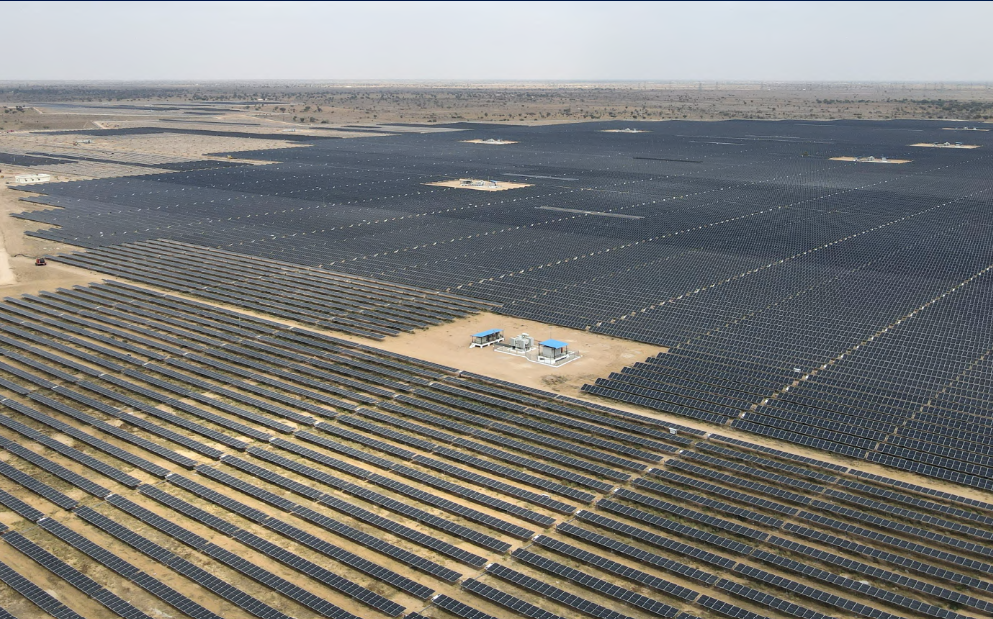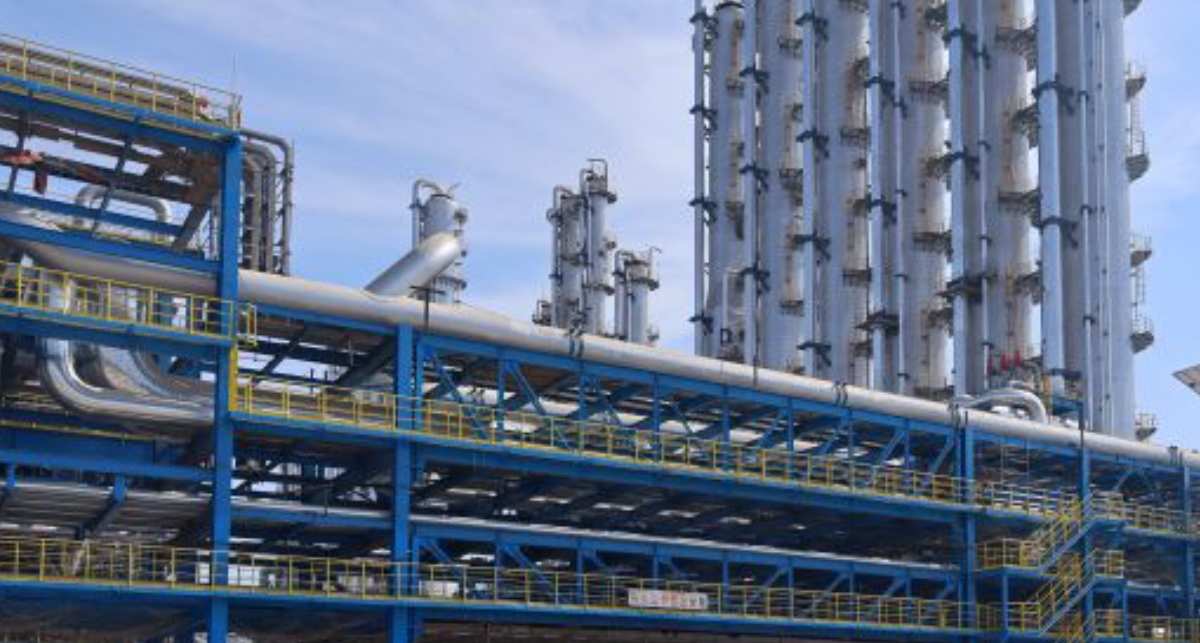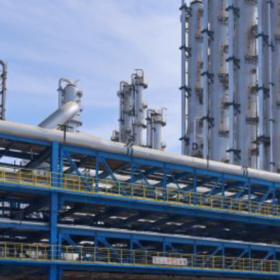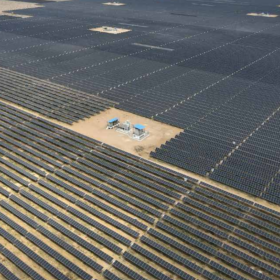India installed 6.7 GW of solar power generation capacity in the first quarter (Q1) of 2025. Solar capacity additions decreased 25% year-over-year (YoY) compared to the 9 GW installed in Q1 2024, according to Mercom India’s newly released Q1 2025 India Solar Market Update Report.
Quarter-on-quarter, solar installations were down 14% compared to nearly 7.8 GW added in Q4 2024.
The Q1 solar addition of 6.7 GW included 5.5 GW large-scale solar capacity with open access projects accounting for 19.8% of the total. Rooftop solar contributed the balance 1.2 GW.
The report stated that large-scale solar installations declined by 15% quarter-over-quarter (QoQ) and 36% YoY. Several projects slated for Q1 commissioning were postponed due to factors such as insufficient substation capacity and transmission infrastructure, land acquisition challenges, and delays in PPA signings. Additionally, a significant shortage of domestically manufactured modules, combined with elevated prices, created procurement hurdles for developers.
Rajasthan and Gujarat led large-scale solar installations in the quarter, accounting for 35% and 30% of the capacity addition, respectively. Maharashtra ranked third, with 16%.
The average cost of large-scale solar projects increased 3% QoQ and 1% YoY.
“Indian solar installations were off to a slow start in Q1. While the project pipeline for 2025 is strong, a shortage of domestic modules and persistently high prices remain key concerns. Unless supply-side challenges are addressed quickly, project execution could stall,” said Raj Prabhu, CEO of Mercom Capital Group.
“PPA and PSA signings continue to lag behind tenders, while land and transmission bottlenecks are slowing progress and delaying project commissionings. The government must act quickly to approve the ISTS waiver extension and end the uncertainty surrounding it. Without an extension, a significant number of projects will become financially unviable, further disrupting the market.”
As of March 2025, India’s cumulative installed solar capacity stood at 104.6 GW, accounting for 22% of the nation’s total installed power capacity and 48% of the total installed renewable energy capacity.
Large-scale solar project pipeline stood at 180.4 GW, with another 127.8 GW of projects tendered and pending auction at the end of Q1 2025.
This content is protected by copyright and may not be reused. If you want to cooperate with us and would like to reuse some of our content, please contact: editors@pv-magazine.com.









By submitting this form you agree to pv magazine using your data for the purposes of publishing your comment.
Your personal data will only be disclosed or otherwise transmitted to third parties for the purposes of spam filtering or if this is necessary for technical maintenance of the website. Any other transfer to third parties will not take place unless this is justified on the basis of applicable data protection regulations or if pv magazine is legally obliged to do so.
You may revoke this consent at any time with effect for the future, in which case your personal data will be deleted immediately. Otherwise, your data will be deleted if pv magazine has processed your request or the purpose of data storage is fulfilled.
Further information on data privacy can be found in our Data Protection Policy.